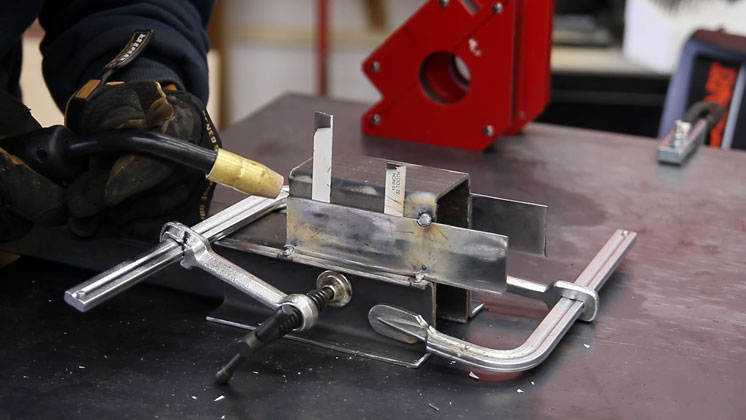Are you looking to start your next DIY project for your luxury home? Often one of the biggest challenges is finding suitable materials for the job. Choosing the right steel for your project can be difficult; there are so many different grades and thicknesses, shapes and sizes, but what does it all mean?
To help you decipher the confusing steel market, we’ve put together our top tips for finding the correct steel for your next project!
Finding a supplier
The best place to start is to find a steel supplier that stocks a wide range of steel grades in all shapes and sizes – like Sheffield Gauge Plate, for example. Finding a trustworthy supplier is often half the battle when starting a project at home.
Starting with a steel supplier such as https://anysizesteel.co.uk/ is best as you can narrow down your options and find the most suitable material in one place.

Choosing the correct Steel grade
Different steel grades are made by altering the amounts of various chemical elements. By changing the chemical composition, you get diverse physical qualities in the steel. For example, adding more chromium to the mix results in a higher level of corrosion resistance – making what we commonly refer to as ‘stainless steel’.
To choose the most appropriate grade, you need to assess your project first and look at the intended purpose of the steel. For example, will your finished product be out in the elements? Do you need to be able to bend the steel easily? Will the steel be subjected to high temperatures?
Make a list of the qualities you require to complete your project. Then, you can use this list to determine the most appropriate steel grade by comparing their properties.
For example, D2 tool steel has very high levels of toughness and durability, making it ideal for harsh conditions; however, it can be somewhat brittle and isn’t as easy to work with as O1 tool steel.
Whereas P20 tool steel has one of the highest levels of machinability, making it great for intricate projects requiring movement in the steel. Although the machinability comes at the cost of hardness, it is one of the softest tool steels in the bunch.
Choosing the correct steel grade is essentially a game of weighing up the qualities you need and finding the one that best balances them all. You may find you need to compromise in certain areas to obtain the properties you need.

Choosing the right size
Of course, all projects, regardless of materials, need careful measuring and thought. However, steel is a bit more complicated as it is available in a range of sizes, thicknesses and shapes!
Draw up your plans and consider whether you would be better using gauge plate steel, which is essentially just large sheets of flat steel available in all grades, or if you require rods or bars. Rods are cylindrical steel, cut to your desired length, whereas bars are square-shaped tubes, available in all sizes.
Next is thickness. How thick does your steel need to be? Consider how you intend to work with the steel – do you have the tools and capability to work with the thickest steel? Do you even need thick steel in the first place? Go back to your list and use this to determine the most appropriate thickness required for the job.
Overall, choosing the right steel for your next project is all about having a clear understanding of what exactly you require from the material. Start by figuring out the properties you need to complete the job and prioritise these. Find a trustworthy supplier and double-check all measurements for a successful outcome to your next project!






